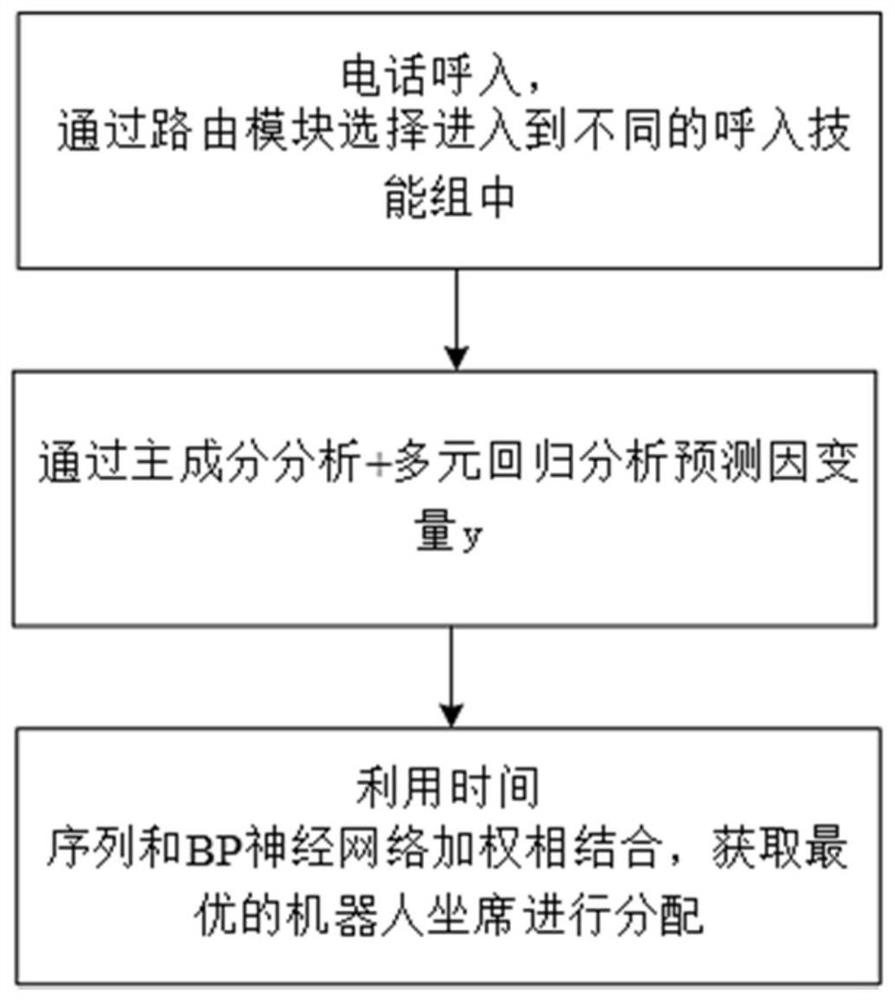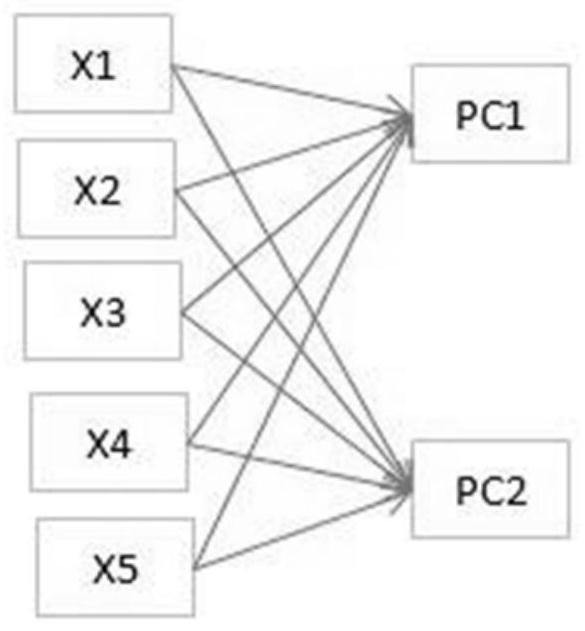Outbound robot distribution method
A distribution method and robot technology, applied in the field of communication, can solve the problems of only applicable sequence integrity model, increased labor cost, and unsuitable model for medium and long-term prediction, so as to reduce human monitoring and control, avoid excessive dependence on experience, reduce The effect of applying limitations
- Summary
- Abstract
- Description
- Claims
- Application Information
AI Technical Summary
Problems solved by technology
Method used
Image
Examples
Embodiment
[0046]The invention relates to a method for allocating outbound robots. The method combines principal component analysis + multiple regression analysis + time series and BP neural network weighting, and brings deep machine learning algorithms into robot allocation management, greatly reducing the cost of a single model. Due to application limitations, autonomous machine learning using neural networks can avoid excessive reliance on experience, liberate manpower and reduce unnecessary human monitoring and control.
[0047] Such as figure 1 As shown, the outbound robot distribution method of the present invention specifically includes the following steps:
[0048] Step 1: Make a phone call.
[0049] Incoming calls from customers are selected into different inbound skill groups through the routing module.
[0050] Step 2, robot call distribution.
[0051] After entering the call-in skill group, the actual production data is generated, such as the working hours of the robot, th...
PUM
 Login to View More
Login to View More Abstract
Description
Claims
Application Information
 Login to View More
Login to View More - R&D
- Intellectual Property
- Life Sciences
- Materials
- Tech Scout
- Unparalleled Data Quality
- Higher Quality Content
- 60% Fewer Hallucinations
Browse by: Latest US Patents, China's latest patents, Technical Efficacy Thesaurus, Application Domain, Technology Topic, Popular Technical Reports.
© 2025 PatSnap. All rights reserved.Legal|Privacy policy|Modern Slavery Act Transparency Statement|Sitemap|About US| Contact US: help@patsnap.com



